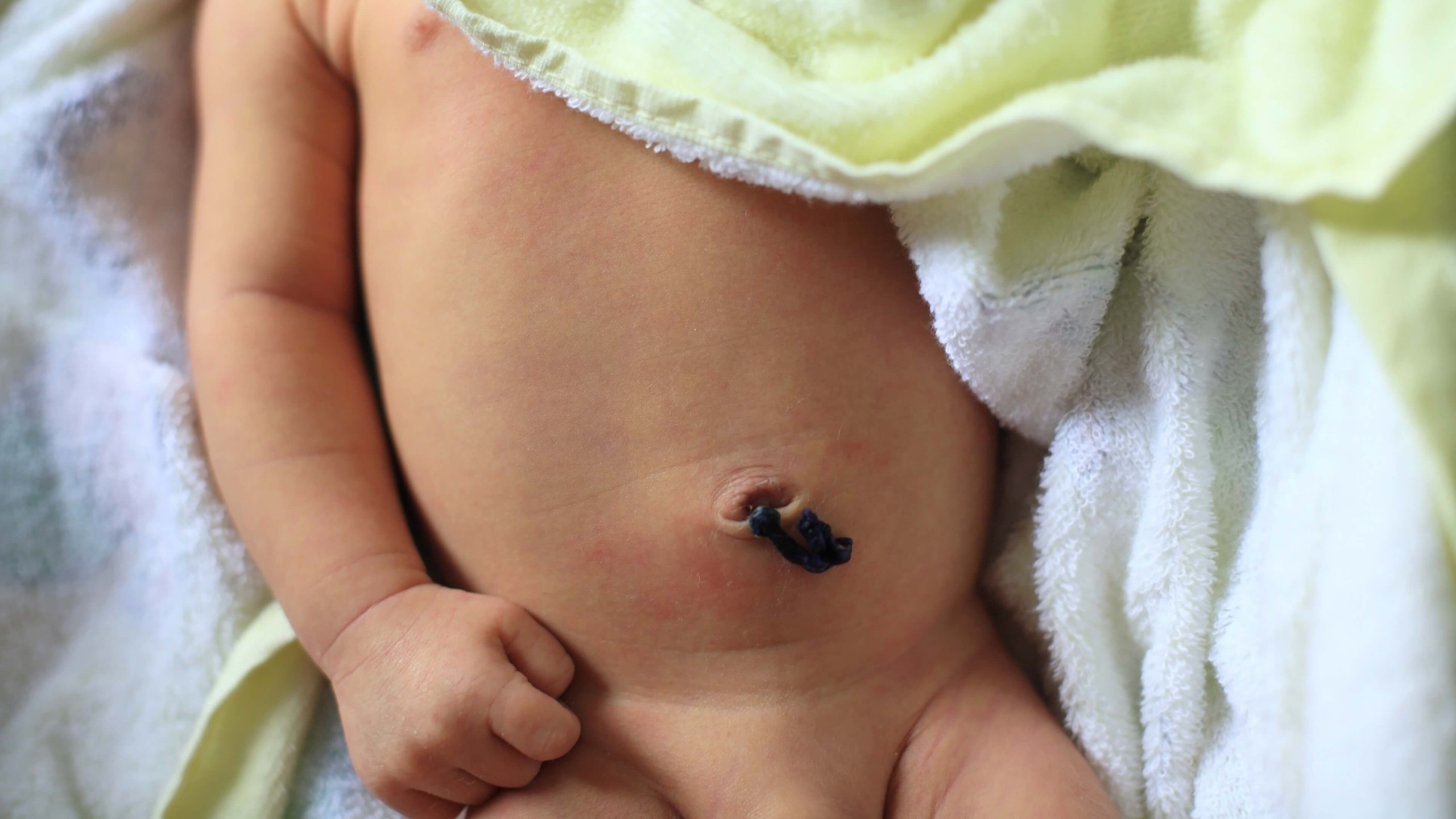how does a baby umbilical cord work
Both bring blood to your child. It has brought important nutrients and blood to your baby.
What Happens To Baby S Umbilical Cord After Birth Pregnancy Newborn
The arteries carry blood from the fetus to the placenta while the vein delivers blood from the placenta to the fetus.
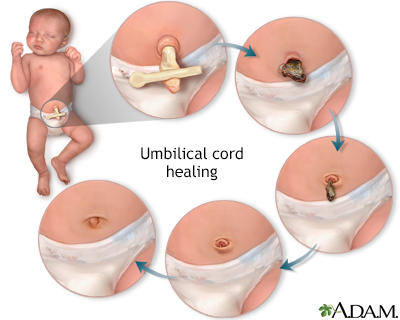
. When an egg is fertilized it divides into two components one becomes the embryo which develops into the fetus and the other becomes the placenta which grows along the lining of the uterus. When the baby is born the doctor cuts the umbilical cord and a small piece is left attached to the baby. As you enter the fifth week of your pregnancy the umbilical cord begins to take shape.
The umbilical cord connects a baby in the womb to its mother. During the late stages of your pregnancy the cord has been passing on antibodies as well benefiting your babys immune system. In placental mammals the umbilical cord also called the navel string birth cord or funiculus umbilicalis is a conduit between the developing embryo or fetus and the placenta.
Um- bih -lih-kul kord. Your babys umbilical cord connects from their navel to the placenta a special organ that grows during pregnancy to facilitate moving blood oxygen and nutrients from you to your baby. The umbilical cord is cut soon after birth and your babys remaining umbilical cord stump will dry and fall off one to.
Families are advised to fold the top of the babys diaper down and away from the stump to keep away from moisture and make sure its exposed to air as often as possible says Dr. With that painless snip you and your baby are officially separated. If the diaper is too high fold it down on your baby before securing.
After birth the umbilical cord is no longer needed so its. Also question is where does the umbilical cord go inside the baby. The umbilical cord is the tube-like structure that carries food and oxygen from a mother to their baby while pregnant.
After birth the cord is clamped and cut. The umbilical cord is a lifeline that connects you to your baby during pregnancy. Luckily new research on a practice known as umbilical cord milking has started to reveal many benefits that can significantly improve the health of preterm babies.
It is made up of two small arteries and one larger vein. Two arteries which carry blood from the baby to the placenta and one vein which carries blood back to the baby. Pat the cord dry with a cloth should it get wet and after baths.
The umbilical cord is formed by the fifth week of pregnancy and is attached to the placenta which transfers oxygen nutrients and waste products such as carbon dioxide CO 2 to and from the mothers blood circulatory system without there being any direct contact between the mothers and babys blood. By initiating healthy blood flow within the first seconds of birth infant development can. At birth the umbilical cord is cut and the leftover bit.
The umbilical chord splits into two branches after it passes through your pelvic canal. It also carries deoxygenated blood and waste products from the fetus to the placenta. At full term an umbilical cord is about half a meter long a length that allows the baby to move around safely.
During prenatal development the umbilical cord is physiologically and genetically part of the fetus and in humans normally contains two arteries the umbilical arteries and one vein the umbilical vein buried within Whartons jelly. How does the umbilical cord work. Your babys umbilical cord is a tube-like structure that connects your baby to you via your placenta.
The umbilical cord has. Umbilical Cord Physiology. It carries oxygen and nutrients to the baby and waste away from the baby.
During pregnancy the umbilical cord supplies nutrients and oxygen to your developing baby. After birth the umbilical cord is clamped and snipped. When your baby is born the umbilical cord is cut and there is a stump left.
It forms a connection between the mothers placenta and the fetuss belly button. Keep the cord dry. The umbilical vein supplies the fetus with oxygenated nutrient-rich bl.
Throughout your pregnancy the umbilical cord has functioned as the connection between your baby and the placenta. Given the above-mentioned functions the umbilical cord is indispensable for embryonic development. The umbilical cord carries nutrients and oxygen from your placenta into your babys body and then carries waste material out.
This is the name for the long tube that runs between a mother and her unborn baby. The umbilical cord connects the baby to the mothers placenta. Once your baby is born the cord is cutit has served its purpose.
Keep the upper fold of the diaper always below the cord. Until then the umbilical cord served as a lifeline to your child connecting them to the placenta and providing oxygen and nutrient-rich blood while removing waste products. What can a mother do to keep the placenta healthy.
To clean the cord safely take a cotton swab cotton square or cotton round and clean around the base of the umbilical cord with clean water. Exposing the stump to air will help the base of the stump dry out and speed up the healing process. Cutting the Umbilical Cord.
Eventually between 1 to 3 weeks the. Umbilical cord at birth. During your babys stay in your uterus the umbilical cord represents your babys only source of nourishment blood and high oxygen levels.
The umbilical cord is still tied to your kid within your womb when his or her head emerges from your vagina. On one side it is connected to the embryos abdomen on the other end to your gestational sac placenta. During fetal development in the womb the umbilical cord is the lifeline to the baby supplying nutrients.
The umbilical cord develops from embryonic tissue and will grow about 60 centimetres long. Gentle cleansing with soap and water is fine. It has three blood vessels.
The umbilical cord also ensures that blood does not mix and keeps the baby alive and growing. When this piece falls off you can see the babys belly button. Remember to avoid covering the cord with the diaper because the cord area should be kept dry and clean at all times.
One vein delivers nutrients and oxygen-rich blood to your baby and two arteries carry waste from your baby back to you. September 15 2021. The umbilical cord carries oxygenated blood and nutrients from the placenta to the fetus through the abdomen where the navel forms.
One branch returns to your stomach while the other leads directly to your baby.

Umbilical Cord Care Pregnancy Birth And Baby
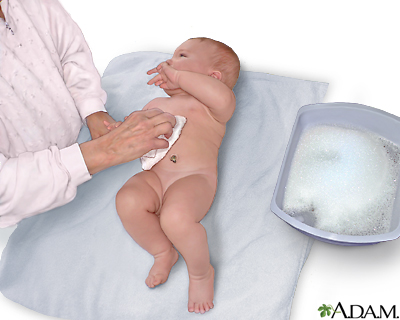
Umbilical Cord Care In Newborns Information Mount Sinai New York

Lotus Birth What Experts Say About Cutting The Cord Live Science

Cutting Umbilical Cord How It Is Done More

How To Care For Baby S Umbilical Cord Stump Biovault Family
Hie Multimedia Kids Umbilical Cord

Umbilical Cord Care In Newborns Information Mount Sinai New York
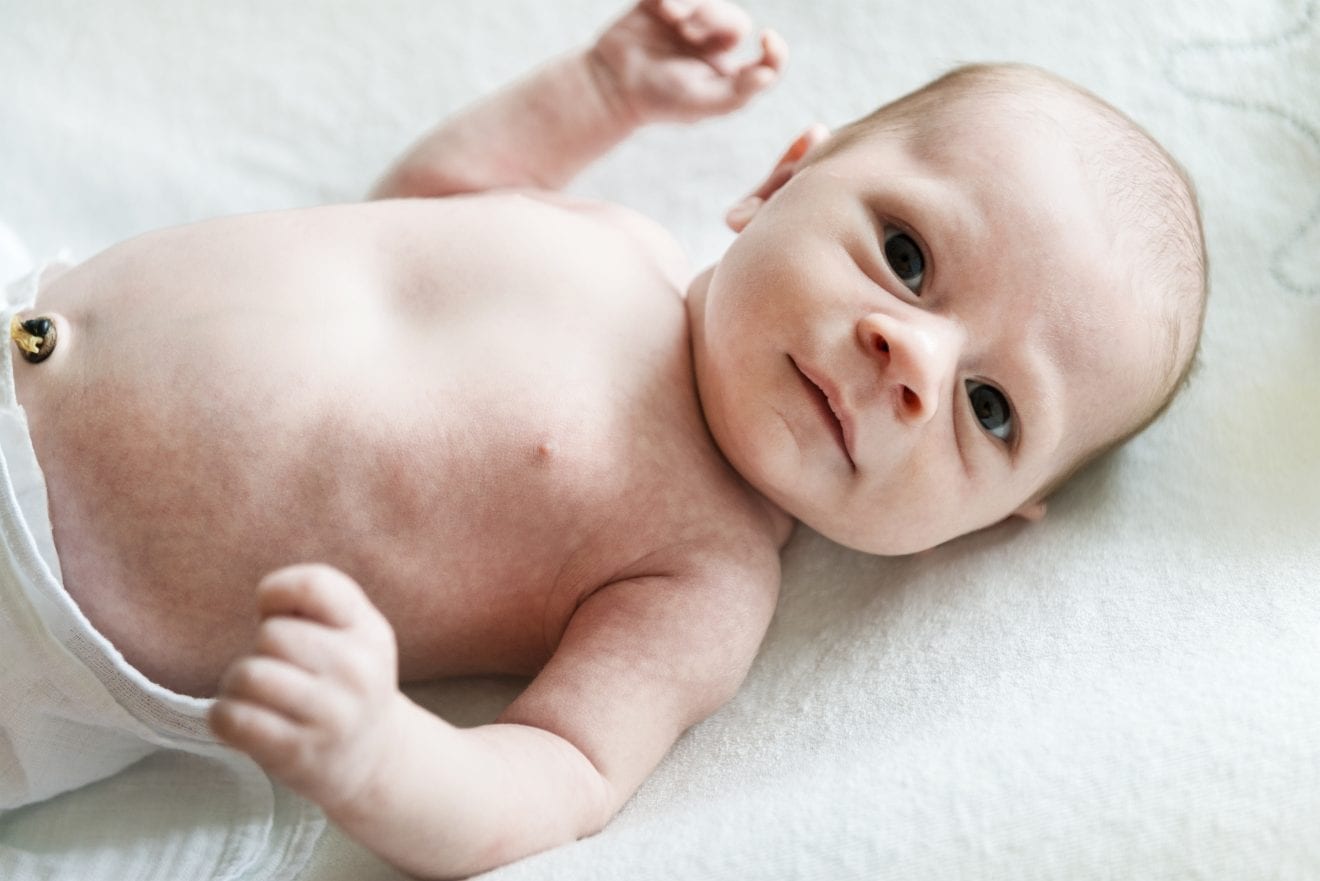
What To Expect And How To Care For A Newborn S Umbilical Cord
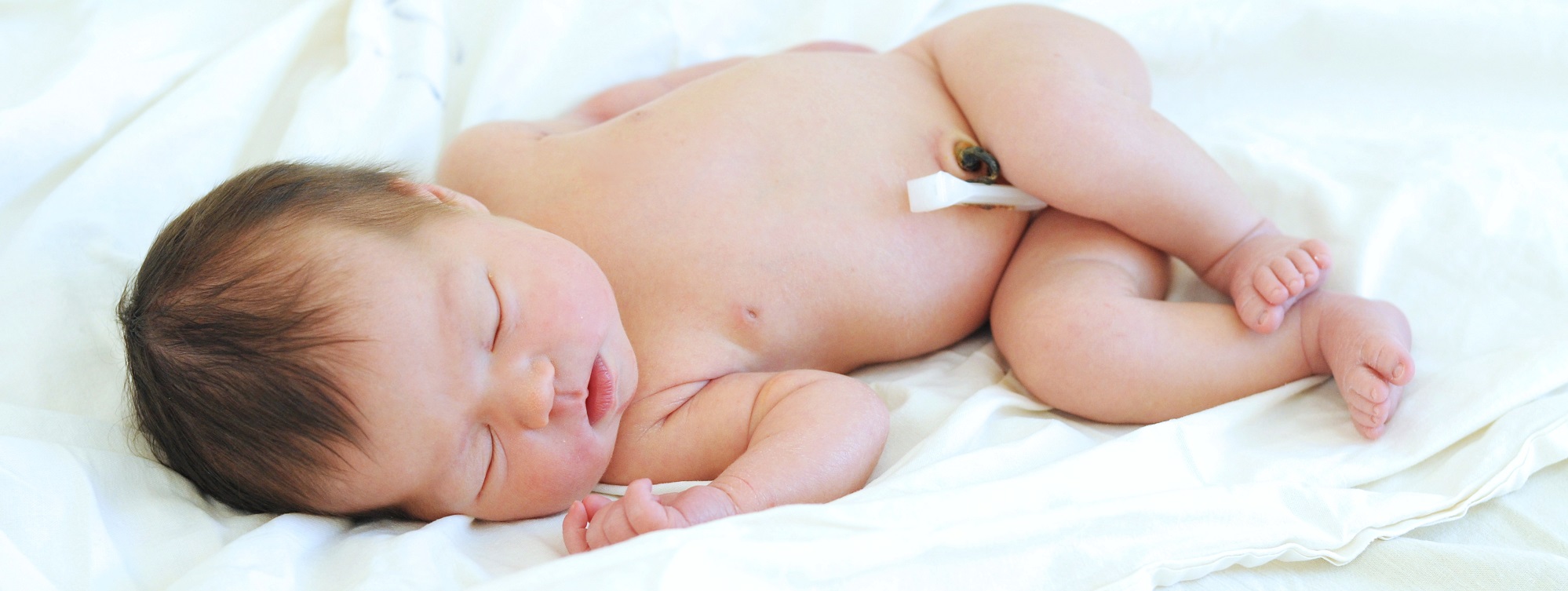
Umbilical Cord Care An In Depth Guide

Your Baby S Umbilical Cord Stump Madeformums
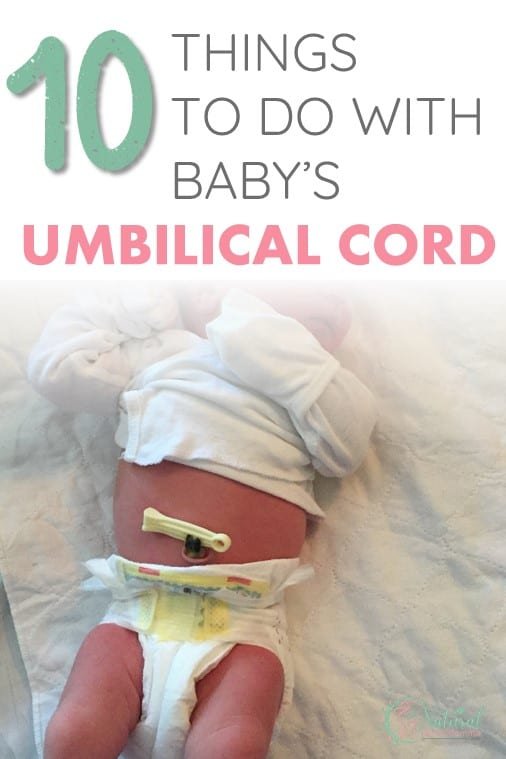
What To Do With Baby S Umbilical Cord After Your Home Birth
Umbilical Cord Recommendations
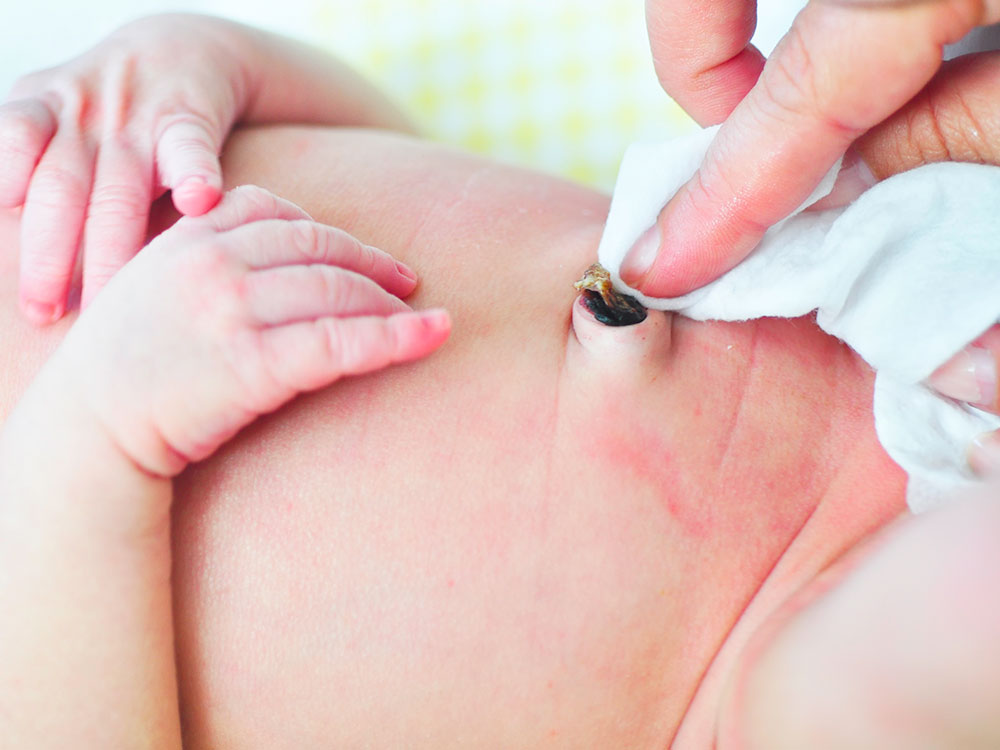
Umbilical And Baby Belly Button Care Raising Children Network

What Is The Umbilical Cord Babycenter
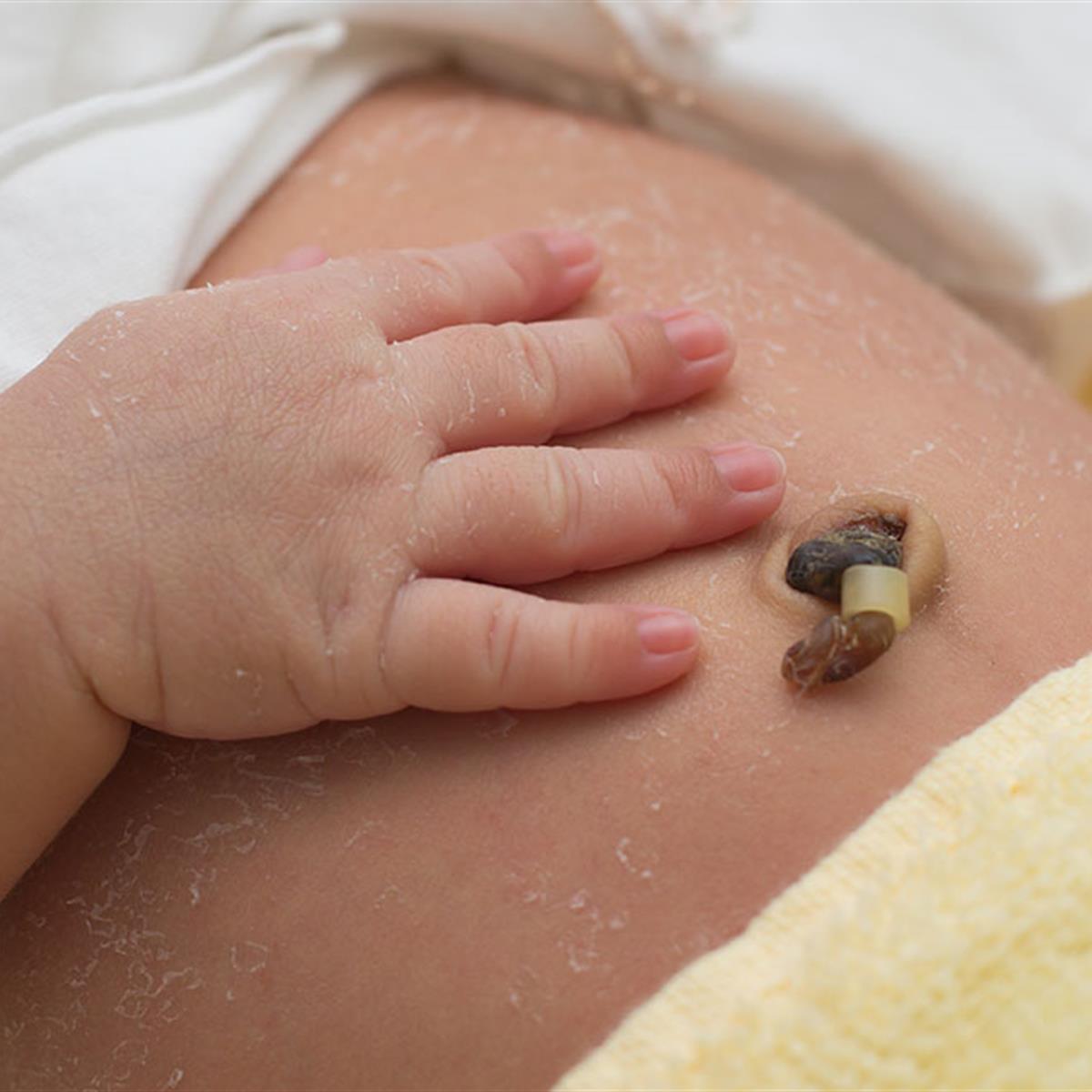
Umbilical Cord Care Healthychildren Org

Recognizing When A Child Injury Is Caused Brain Injury Symptoms

